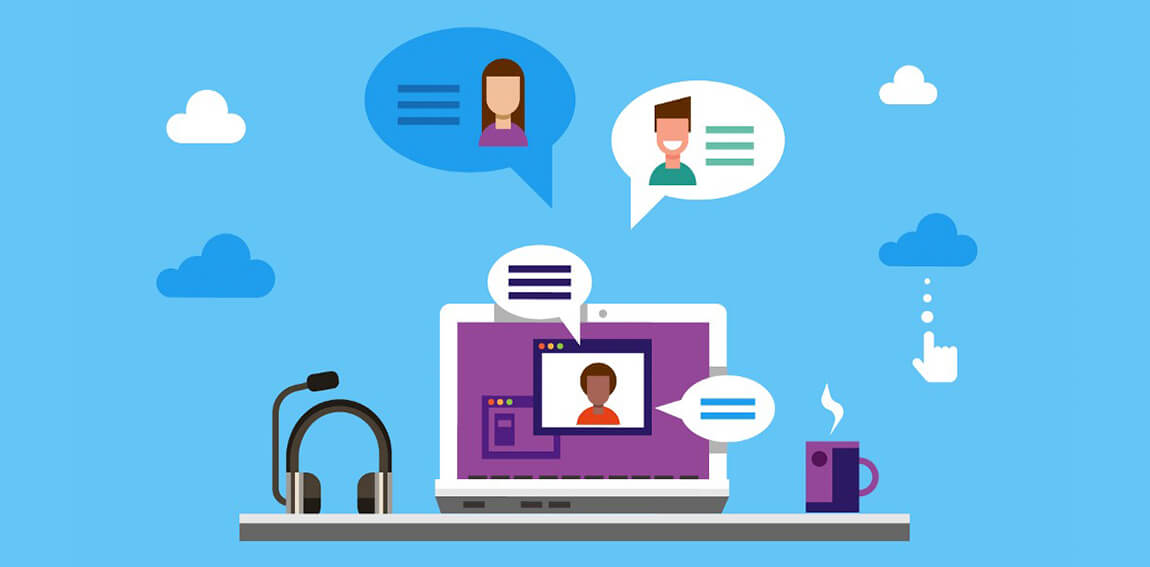The seasons may be changing but, for most, there is no end in sight for our new Work From Home (WFH) existence. The prospect of more months of working from the kitchen table, searching for a quiet spot for a Zoom call, and juggling personal and professional responsibilities on a minute-by-minute basis is frustrating and overwhelming for most. It’s also raising questions about the future of work.
Will companies still maintain large physical office spaces? What new symbols of power and status will take the place of the corner office? Will people need to re-locate when they change companies? When, if ever, will co-workers gather together in person?
How will company culture form? Will innovation continue or stall?
It is those last two questions, about culture and innovation, that every single one of my clients, all executives with responsibility for growth and innovation at their companies, have been asking and struggling to answer for the past few months.
They fear that the isolation of WFH eliminates the serendipitous collisions of people and ideas that ignite innovation. They worry that the artificiality of Zoom meetings diminish the authenticity of conversations. They know that the explosion of meetings contributes to people’s feelings of overwhelm, draining their energy, curiosity, and creativity.
But what if it doesn’t have to be this way?
What if the opposite is be true?
What if WFH accelerates innovation?
I believe it can.
I believe it will if we are willing to take the following steps
1. Stop trying to re-create the real world in the digital one.
One of the most common mistakes companies make when adopting or adapting to a “new normal” is cutting and pasting the old into the new.
For example, consider the newspaper industry. In 1980, when the first newspapers went online, the offered text versions of their print editions. As internet speeds increased, they shifted to offering visual images of their print editions. It wasn’t until subscriptions and ad revenues began to plummet that they realized they couldn’t simply “cut and paste” their print editions into a digital format but rather needed to create content specific for the digital medium.
The same thing is happening today. Hoping to spur serendipity and create casual conversations, companies spent the Spring and Summer hosting Zoom Happy Hours and virtual coffee chats. The results were even more awkward and less useful than the usual in-person “mandatory fun” events.
2. Recognize that the things that spur innovation are not “one size fits all.”
Today’s workplaces were designed for extroverts. Open-floor plans, unassigned desks, glass-walled conference rooms, community tables, and endless brainstorming sessions feed extroverts’ desire for engagement, energy, and interaction.
Introverts, of which I am one, hate it.
We work best when we can sit quietly, think deeply, look at things from multiple angles, and then share it with the world. Working from home gives us the space (if not the quiet) to be thoughtful and creative in the ways that best suit our styles. Because of this, we’re more likely to speak up in meetings, share ideas, and reach out to people.
3. Create innovation approaches and activities purpose-built for a workforce that WFH.
Identify the most essential parts of the real-world experience. Be careful not to confuse “essential” with “favorite”. Yes, it may be fun for you to be in a room of people furiously shouting out ideas and writing them on sticky notes. But the only essential part of that is getting ideas from multiple people.
Identify the most unique parts of the WFH experience. It can be hard to bring diverse perspectives into a brainstorming session at the office, but at home, you have ready access to perspectives from kids, friends, and that random guy who walks his dog past your house while you enjoy your morning coffee.
Combine the essential parts of the real-world experience with the unique parts of the WFH experience and create something that works in the digital space. For example, instead of brainstorming, sorting, and prioritizing ideas all in one meeting (like you did in the “old days”), send the brainstorming topic to people 24-hours before the meeting. Ask them to brainstorm ideas before the meeting and come prepared to share them with the group. Once each person shares their ideas with the group, then the group can collectively discuss, build, group, and prioritize.
Innovation happens because people have the freedom to think of new things, permission to share their thoughts, and the opportunity to work with others to bring it to life.
Not just because we bump into people in the hallway or sit next to someone new. You don’t need an office for those things. You can have all those things, and more, if you let go of the old normal and embrace the “new WFH normal.”
Originally published Sept. 18, 2020 by Medium.com
Robyn M. Bolton
Founder & Chief Navigator
MileZero
Robyn M. Bolton works with billion-dollar companies to use innovation to create meaningful new growth. You can read more about her and her work at www.milezero.








